by Eric Bies
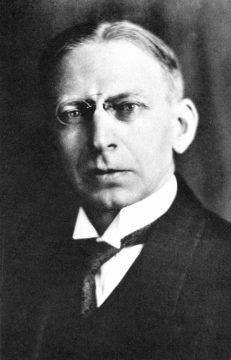 In 1930, the German anthropologist Berthold Laufer published a monograph on the phenomenon of people eating dirt.
In 1930, the German anthropologist Berthold Laufer published a monograph on the phenomenon of people eating dirt.
A sinologist by training, Laufer’s study—“the evaluation of the whole question of geophagy”—begins with a trip through Ancient China, where for hundreds of years Han, T’ang, and Sung soil disappeared down eager gullets. From there, the globe: he tours Malaysia, Polynesia, Melanesia, Australia, India, Burma, Siam, Central Asia, and Siberia, stopping off among Persians and Arabs before continuing on to Africa, Europe, North America, Mexico, Central America, and South America. His conclusion? People all over have eaten dirt for a very long time … And yet rarely does one find a Malaysian or an Indian, a Siberian or an Arab, an African or a Mexican swallowing down the plucked clod raw. Almost always water is added to the earth first: in the Yun-ho Mountains, white clay “is mixed with water and beaten on a stone” before it is eaten; in the Philippines, “it is a common thing to mix the earth taken from the nests of ‘white ants’ with water”; in Nishapur, where Omar Khayyam penned his Rubáiyát, the clay is softened with “rose-water and a little camphor,” then shaped into loaves.
Of course, few have particularly prized the practice Laufer describes in all its inventive renditions: as when the occupants of Leningrad remained under unremitting siege for 872 days and turned, in the interest of evading death by starvation, to their suppers of book glue and snow, so the chronically hungry everywhere and forever have tended to eye the lumps of mud out back with all the despairing expediency of a cratered gut.
Even now it remains common practice in the poorer parts of places like the Subsaharan to attempt to recuperate certain vital minerals as iron, calcium, and zinc, including incidental traces of vitamins B and C, through a sometime diet of dirt. Read more »


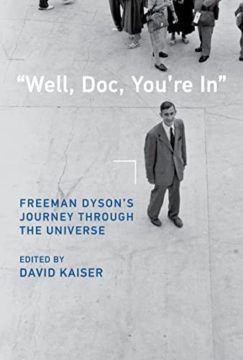 Now there is a
Now there is a 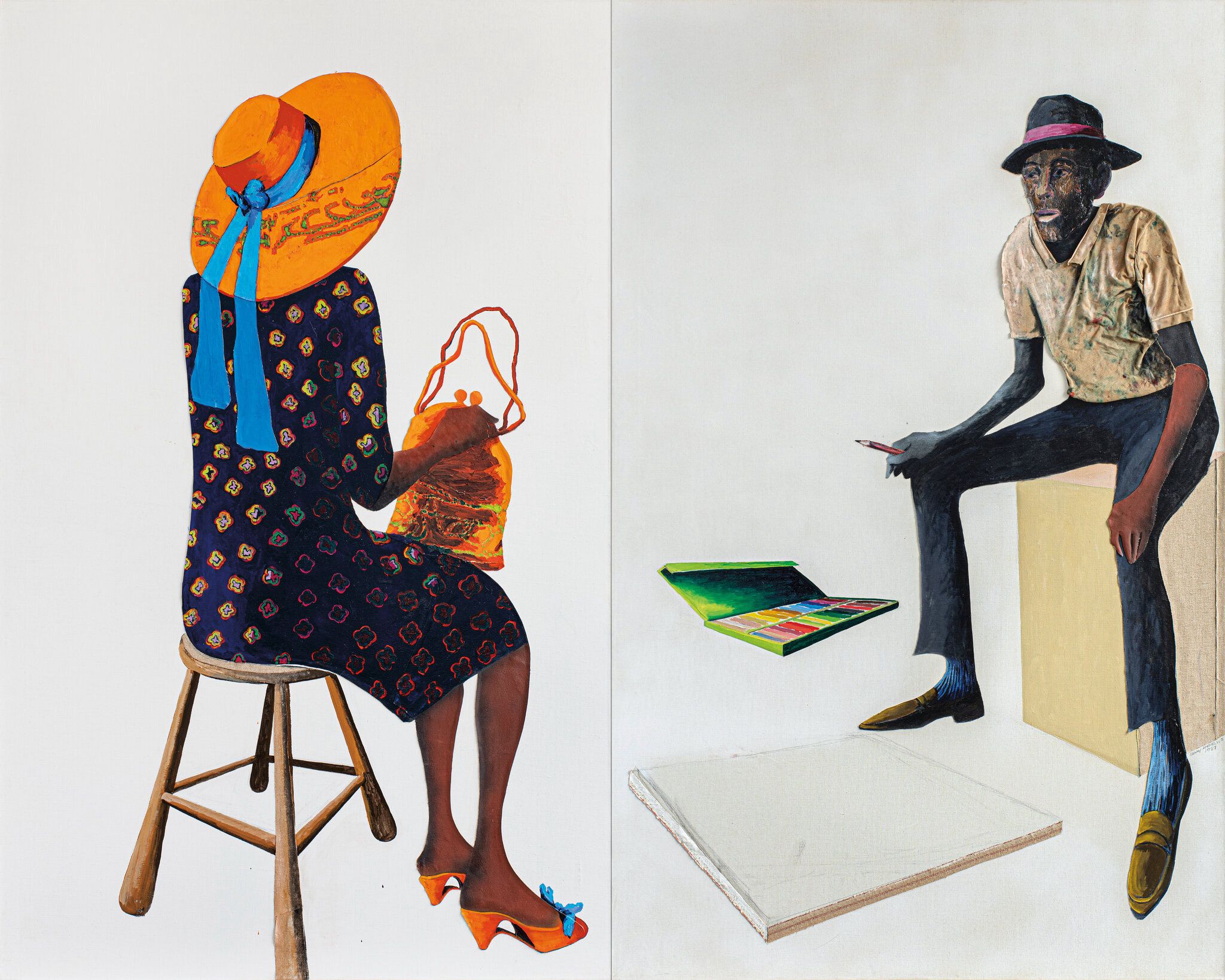
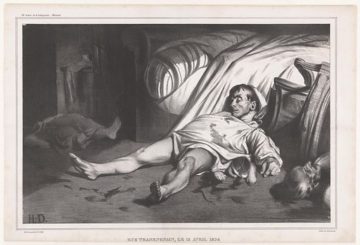 “Mankind was first taught to stammer the proposition of equality” – “Everyone is equal to everyone else” – “In a religious context, and only later was it made into morality,” Nietzsche wrote. Elsewhere, he called “human equality,” or “moral equality,” a specifically “Christian concept, no less crazy [than the soul],” moral equality “has passed even more deeply into the tissue of modernity…[it] furnishes the prototype of all theories of equal rights.”
“Mankind was first taught to stammer the proposition of equality” – “Everyone is equal to everyone else” – “In a religious context, and only later was it made into morality,” Nietzsche wrote. Elsewhere, he called “human equality,” or “moral equality,” a specifically “Christian concept, no less crazy [than the soul],” moral equality “has passed even more deeply into the tissue of modernity…[it] furnishes the prototype of all theories of equal rights.”
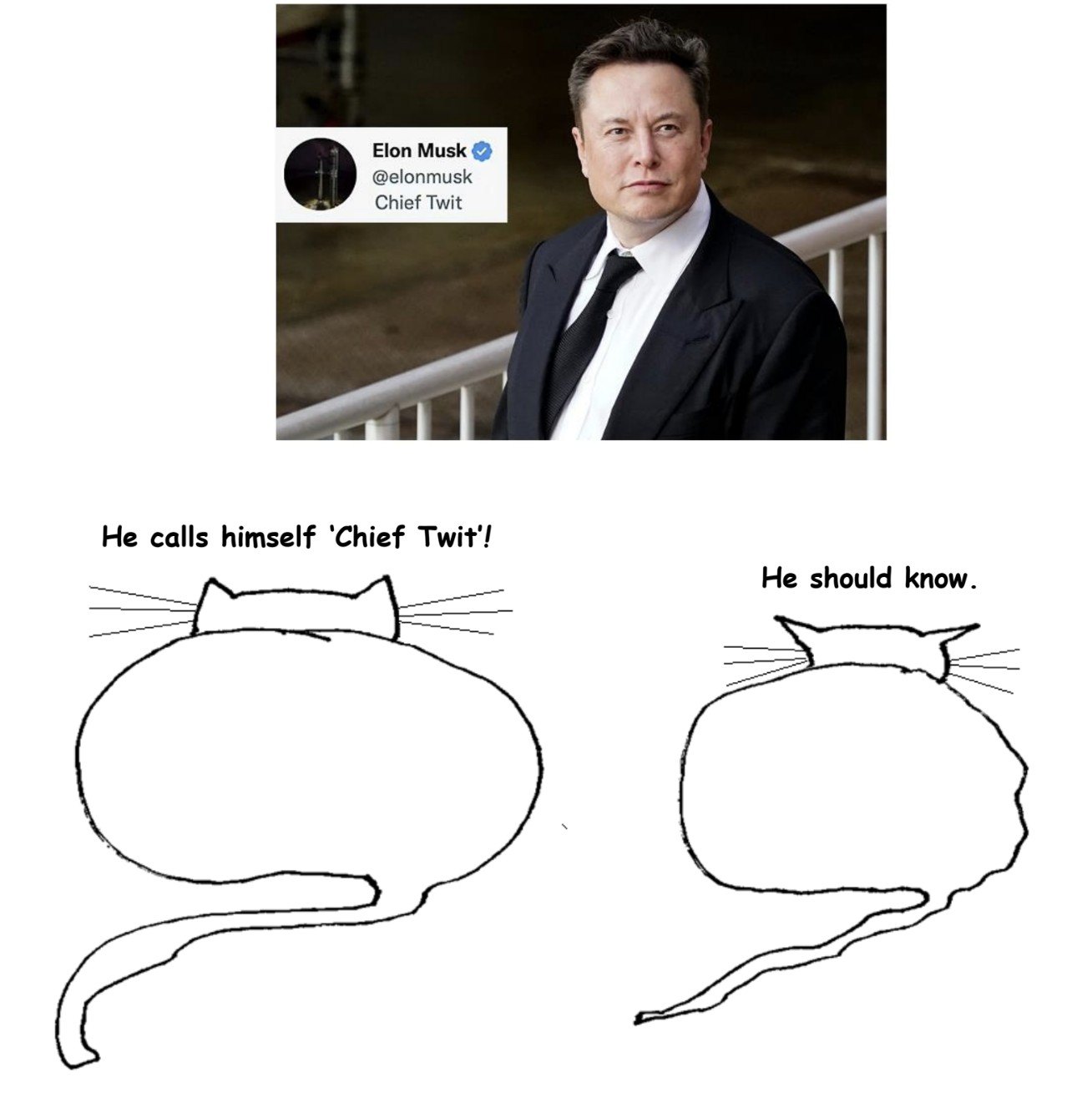
 Port Sunlight was a model village constricted in the Wirral, in the Liverpool area, by the Lever brothers, and especially under the inspiration of William Lever, later lord Leverhulme. Their fortune was based on the manufacture of soap, and the village was built next to the factory in the Victorian/Edwardian era, for the employees and their families. It’s certainly a remarkable place, with different houses designed by various architects, parks, allotments, everything an Edwardian working class person might want. An enlightened employer, Lever was still a paternalist: he claimed his village was a an exercise in profit sharing, because “It would not do you much good if you send it down your throats in the form of bottles of whisky, bags of sweets, or fat geese at Christmas. On the other hand, if you leave the money with me, I shall use it to provide for you everything that makes life pleasant – nice houses, comfortable homes, and healthy recreation.” Overseers had the right to visit any house at any time to check for ‘cleanliness’ and that the rules about who could live in which house were observed (men and women could only share accommodation if they were in the same family). Still, by the stands of the day it was quite progressive – schools, art gallery, recreation of all sorts for the employees were important.
Port Sunlight was a model village constricted in the Wirral, in the Liverpool area, by the Lever brothers, and especially under the inspiration of William Lever, later lord Leverhulme. Their fortune was based on the manufacture of soap, and the village was built next to the factory in the Victorian/Edwardian era, for the employees and their families. It’s certainly a remarkable place, with different houses designed by various architects, parks, allotments, everything an Edwardian working class person might want. An enlightened employer, Lever was still a paternalist: he claimed his village was a an exercise in profit sharing, because “It would not do you much good if you send it down your throats in the form of bottles of whisky, bags of sweets, or fat geese at Christmas. On the other hand, if you leave the money with me, I shall use it to provide for you everything that makes life pleasant – nice houses, comfortable homes, and healthy recreation.” Overseers had the right to visit any house at any time to check for ‘cleanliness’ and that the rules about who could live in which house were observed (men and women could only share accommodation if they were in the same family). Still, by the stands of the day it was quite progressive – schools, art gallery, recreation of all sorts for the employees were important. 
 In 1930, the German anthropologist Berthold Laufer published a monograph on the phenomenon of people eating dirt.
In 1930, the German anthropologist Berthold Laufer published a monograph on the phenomenon of people eating dirt. My grandmother’s bird of choice is the rooster. She was raised in rural Kentucky and now lives in rural Wisconsin. She collects all sorts of roosters (and, by extension, some hens): wall art, printed dish towels, ceramic statues as small as a pinky and as large as a lamp, coin bowls and blankets and something nostalgic in each one.
My grandmother’s bird of choice is the rooster. She was raised in rural Kentucky and now lives in rural Wisconsin. She collects all sorts of roosters (and, by extension, some hens): wall art, printed dish towels, ceramic statues as small as a pinky and as large as a lamp, coin bowls and blankets and something nostalgic in each one.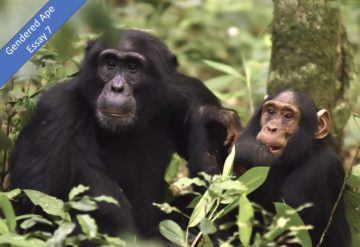

 Sughra Raza. Shadow Self-Portrait in a Reflection of a Window in a Window.
Sughra Raza. Shadow Self-Portrait in a Reflection of a Window in a Window.  A couple of years ago I briefly became famous for hating Vancouver. By “famous” I mean that a hundred thousand people or so read
A couple of years ago I briefly became famous for hating Vancouver. By “famous” I mean that a hundred thousand people or so read 
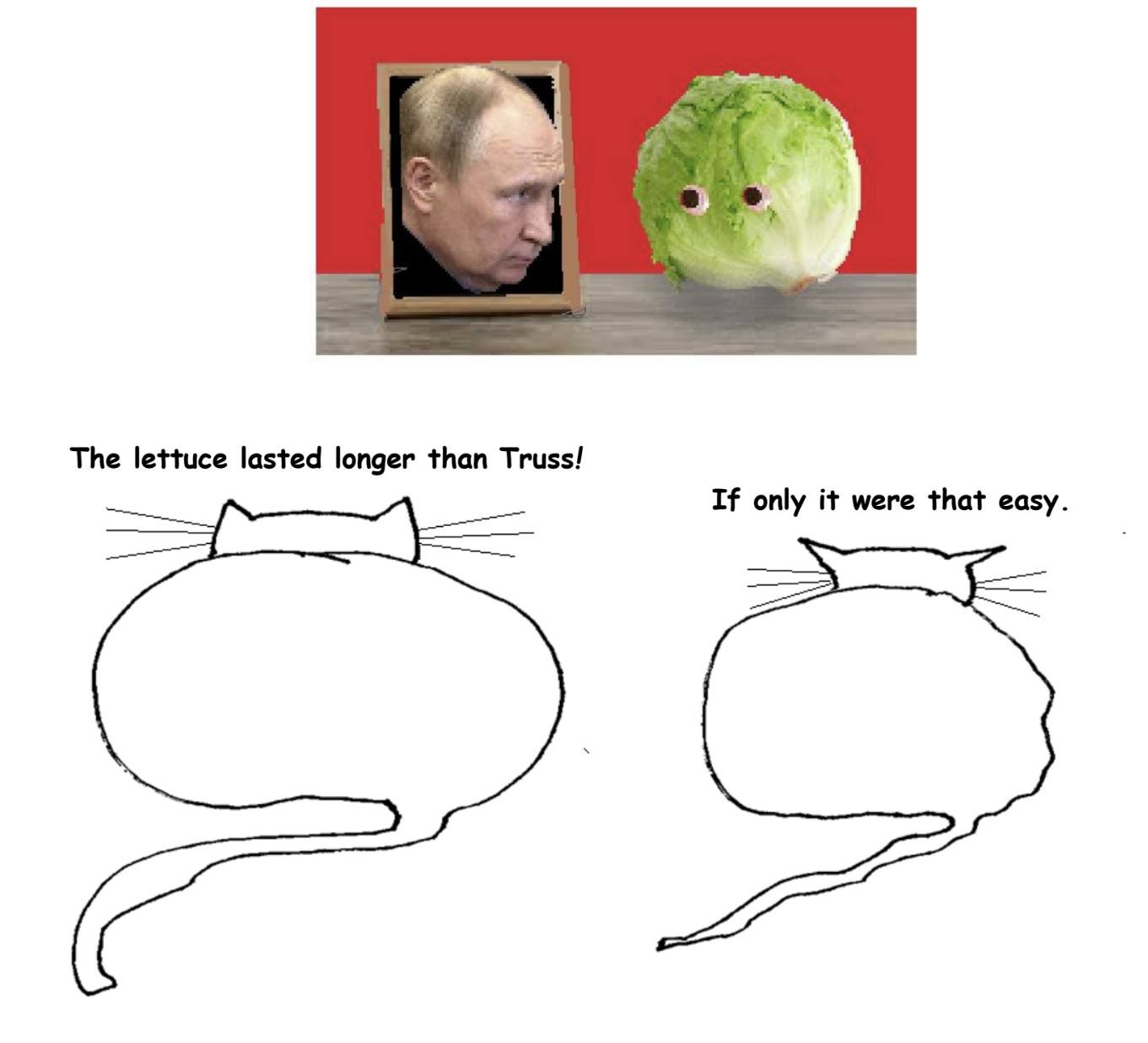

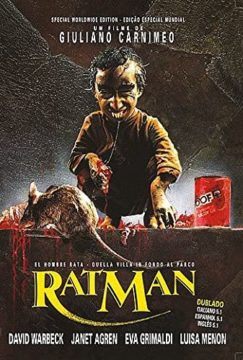 It was announced last week that scientists have integrated neurons from human brains into infant rat brains, resulting in new insights about how our brain cells grow and connect, and some hope of a deeper understanding of neural disorders.
It was announced last week that scientists have integrated neurons from human brains into infant rat brains, resulting in new insights about how our brain cells grow and connect, and some hope of a deeper understanding of neural disorders.